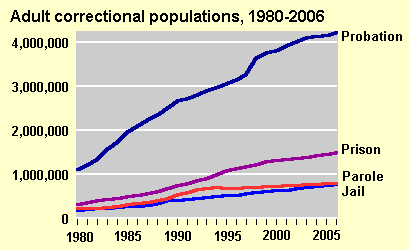The leadership of HHS had a tele-conference on Monday to highlight the new Medicare incentives for physicians to adopt e-prescribing systems. What the Washington Post and Kaiser Family Foundation reported about this press briefing that wasn’t in the HHS press release was that the Acting Administrator of CMS said that the per physician cost of e-prescribing systems is about $3,000 up front, and then $80-400/month for operation and maintenance.
These numbers caught my eye, because with the incentives in the Medicare bill, the break-even point for physicians is as follows:
First, let’s assume that the per month cost is $240 (the mid-point between $80 and $400), or $2,800 per year.…
